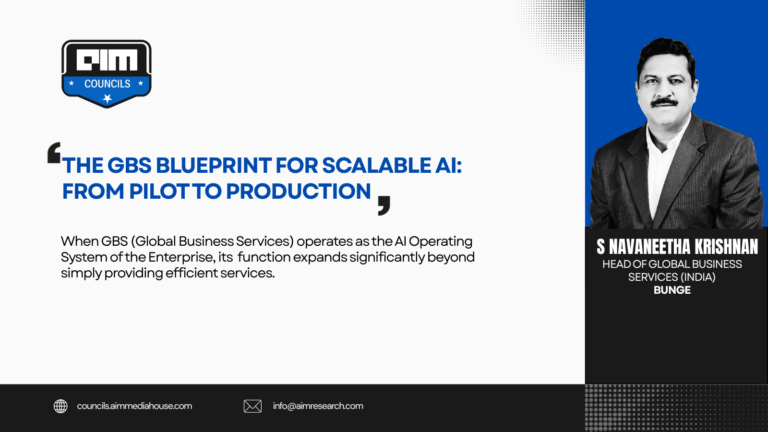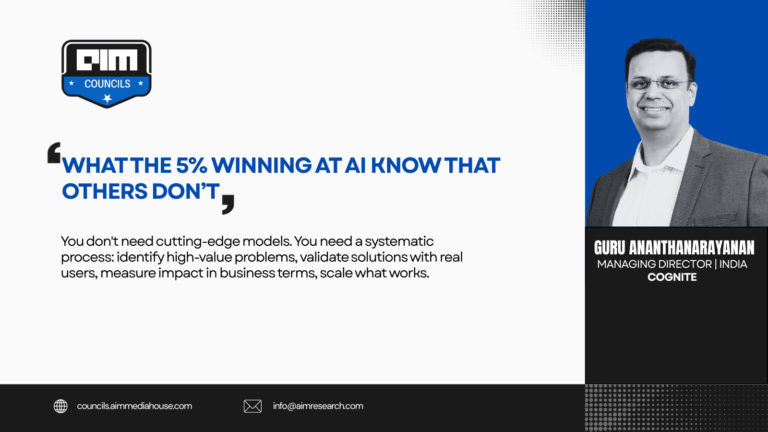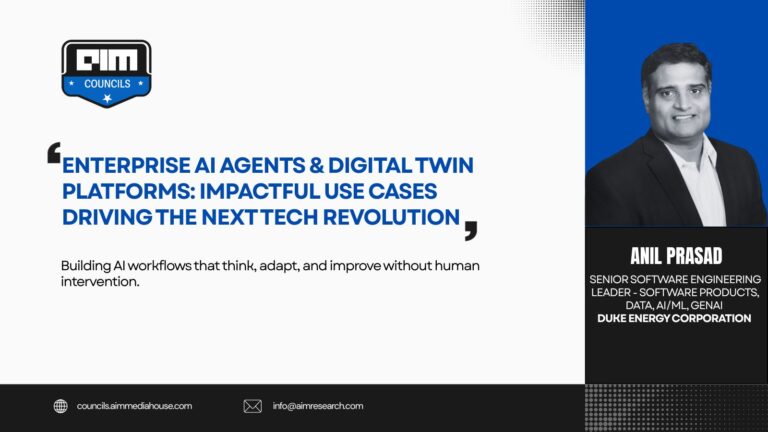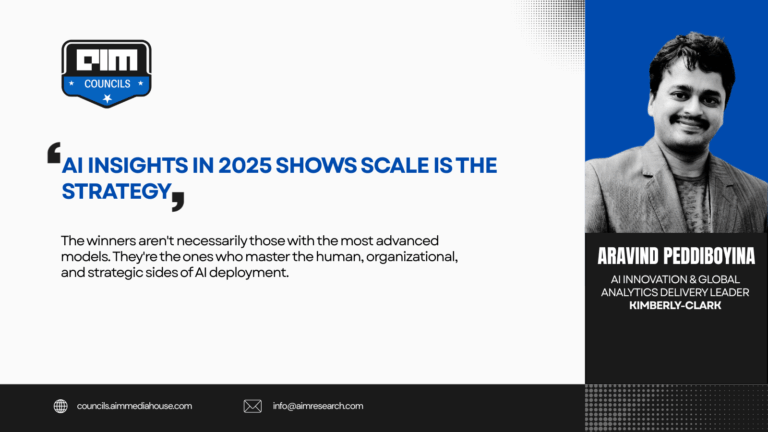Agentic AI is the new buzzword lighting up events, boardrooms, and brainstorms worldwide. From self-directed assistants to enterprise copilots that can plan, decide, and act with minimal human intervention, it’s the next wave of AI that promises to be more autonomous, more contextual, and, in many cases, more game-changing than anything we’ve seen before.
But before we get swept away by the excitement, let’s pause and ask a more fundamental question: Are we truly ready for agentic AI?
The Echo of GenAI Hype
If this excitement sounds familiar, we’ve seen it before. Remember the GenAI hype? Just a year ago, every product pitch had a GenAI angle. But not long after, enterprises realized that flashy demos don’t scale and certainly don’t deliver business value on their own.
According to BCG’s AI at Work: Friend and Foe report, 64% of business leaders are beginning to implement GenAI tools to reshape their organizations. However, actual maturity remains low. External analyses suggest that only a small fraction of companies feel confident about scaling GenAI meaningfully.
Agentic AI is groundbreaking, but only if built with the right purpose and foundation.
Building a Foundation to Thrive
Agentic systems are only as good as their environment and underlying data assets and systems. Unlike GenAI models that spit out content on demand, agentic AI needs to understand context, access enterprise data, assets and tools in real time, make decisions, and execute tasks.
To do this well, these agents must understand nuances of your business, interact with your systems, navigate your data, and follow along with frequently changing logic.
So, are we ready? Ask yourself:
Do our systems talk to each other?
Is our data clean, connected, and contextualized? In short is data GenAI ready?
Are our systems GenAI ready? Do we have APIs and architecture that let agents act, not just advise?
According to McKinsey’s Global AI Survey, only 21% of enterprises have embedded GenAI across multiple business units and 28% of respondents whose organizations use AI report that their CEO oversees AI governance. Those that succeed share three things in common: strong data foundations, robust AI governance, and direct executive sponsorship.
More worryingly, Deloitte’s 2024 State of GenAI Report found that only one in four leaders (26%) say their organizations are already exploring Agentic AI to a large or very large extent. The vision is for agentic AI to execute tasks reliably by processing multimodal data and coordinating with other AI agents, all while remembering what they’ve done in the past and learning from experience. The majority acknowledge they need at least a year to resolve ROI and adoption challenges such as governance, training, talent, trust, and data issues, and they’re willing to put in the time. Some organizations are looking to buy / build GenAI native platforms for getting ahead of the curve / shortening the preparation curve
If you answered “not yet” to any of the questions above, don’t worry, you’re not alone. Start making your data Agentic AI ready and your systems GenAI native. Invest in the core first.
Chase Solving Real Problems, Not Just Building Fancy Tech
Another pitfall is building agents because we can, not because we should.
The actual value of agentic AI will come when it’s used to solve meaningful business challenges. Think targeted patient treatments, accelerated drug discovery, supply chain route optimization, risk management, hyper-personalized marketing and hyper deep customer insights, business process flow orchestration and automation—you name it.
The right question isn’t “How do we build an agent?” It’s “What problem do we need to solve, and is an agent the right tool for it?”
When purpose leads, tech follows.
Early experiments are great and necessary, but don’t put all your eggs in the shiny basket. Instead, think about how to productize agent capabilities, reuse logic across domains, and build systems that can grow with you.
According to Gartner’s Hype Cycle, most organizations lack the data, analytics, and software foundations to move individual AI projects to production at scale, much less operate a portfolio of AI solutions at scale. This is the time for realistic ambition, not overly optimistic expectations.
Plug It In, Don’t Bolt It On
Agentic AI is not a standalone initiative. It needs to integrate with your enterprise architecture, data ecosystem, and, most importantly, culture.
Deloitte’s research makes it clear: companies that see real ROI from AI treat it as enterprise transformation, not an isolated tech project. They integrate it into workflows, governance, decision rights, and business logic. According to the research, almost all organizations report measurable ROI with GenAI in their most advanced initiatives, and 20% report ROI in excess of 30%. The vast majority (74%) say their most advanced initiative is meeting or exceeding ROI expectations. Cybersecurity initiatives are far more likely to exceed expectations, with 44% delivering ROI above expectations.
No more side-of-desk AI projects. No more pilots that never take off. It’s time to embed, not experiment.
Be Ambitious, Build Right
At MathCo, we believe agentic AI will reshape how businesses operate. But it won’t be plug-and-play. It’ll require vision, investment, context and most of all—readiness.
So, as leaders, the real question isn’t “How fast can we jump on this trend?” but “How do we lead with purpose and build for scale?”
Agentic AI is coming. The future isn’t just bright and fast, it’s self-directed. Let’s not watch it unfold. Let’s be the ones shaping it.







